Introduction
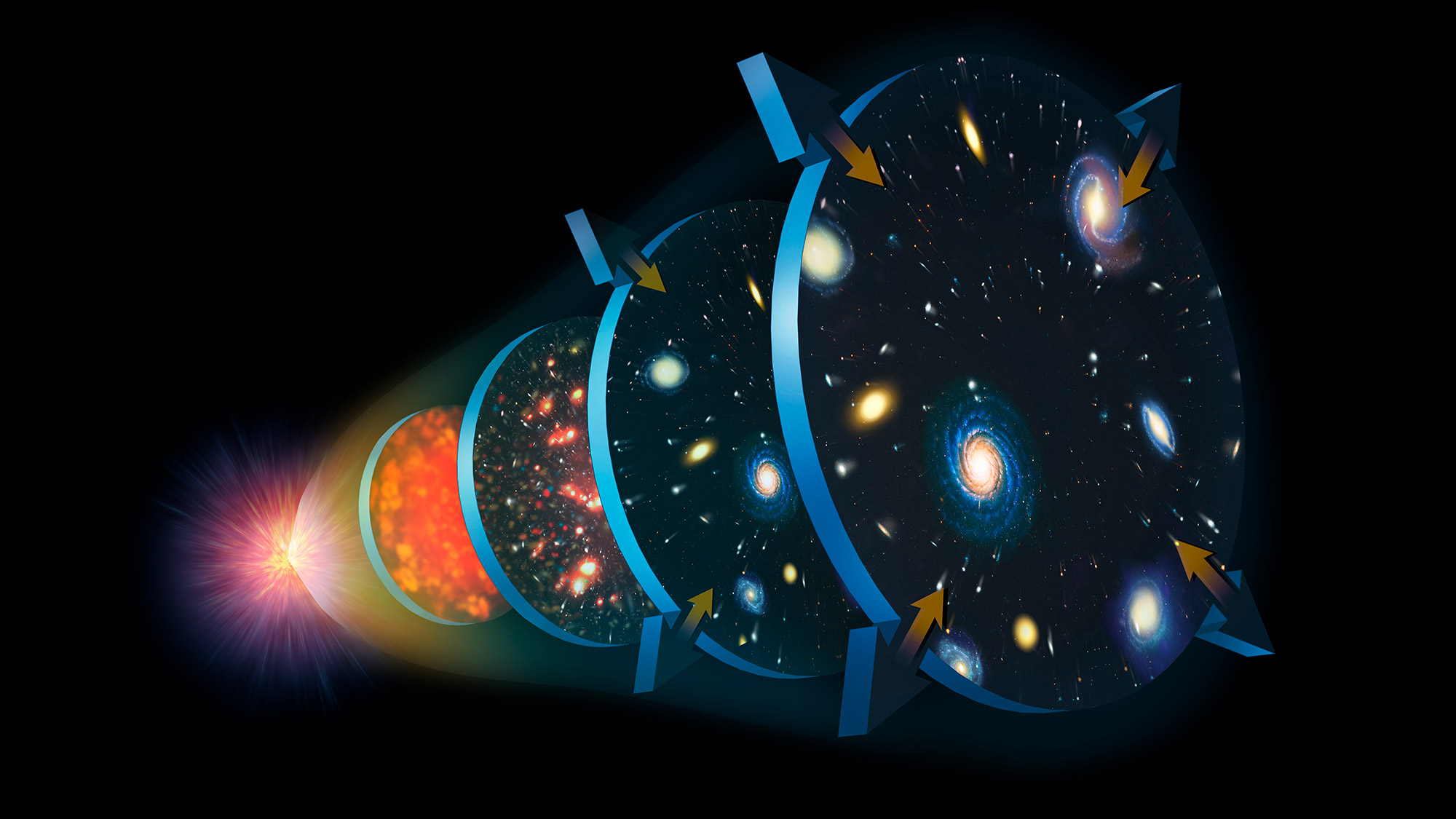
In the beginning, there was nothing. Then, around 13.7 billion years ago, the universe formed. We still don't know the exact conditions under which this happened, and whether there was a time before time. But using telescope observations and models of particle physics, researchers have been able to piece together a rough timeline of major events in the cosmos's life. Here we take a look at some of our universe's most important historical moments, from its infancy to its eventual death.
The Big Bang

It all starts at the Big Bang, which "is a moment in time, not a point in space," Sean Carroll, a theoretical physicist at the California Institute of Technology, told Live Science. Specifically, it's the moment when time itself began, the instant from which all subsequent instants have been counted. Despite its well-known moniker, the Big Bang wasn't really an explosion but rather a period when the universe was extremely hot and dense and space began to expand outward in all directions at once. Though the model of the Big Bang states that the universe was an infinitely small point of infinite density, that's just a hand-wavey way of saying that we don't quite know what was going on then. Mathematical infinities don't make sense in physics equations, so the Big Bang is really the point at which our current understanding of the universe breaks down.
Cosmic inflation era

The universe's next trick was to grow really big really fast. Within the first 0.0000000000000000000000000000001 (that’s a decimal point with 30 zeros before the 1) seconds after the Big Bang, the cosmos could have expanded exponentially in size, driving apart areas of the universe that had previously been in close contact. This era, known as inflation, remains hypothetical, but cosmologists like the idea because it explains why far-flung regions of space appear so similar to one another, despite being separated by vast distances. Back in 2014, a team thought they had found a signal of this expansion in light from the early universe. But the results later turned out to be something much more mundane: interfering interstellar dust.
Quark-gluon plasma

A few milliseconds after the beginning of time, the early universe was really hot — we're talking between 7 trillion and 10 trillion degrees Fahrenheit (4 trillion and 6 trillion degrees Celsius) hot. At such temperatures, elementary particles called quarks, which are normally bound tightly inside of protons and neutrons, wandered around freely. Gluons, which carry a fundamental force known as the strong force, were mixed in with these quarks in a soupy primordial fluid that permeated the cosmos. Researchers have managed to create similar conditions in particle accelerators on Earth. But the difficult-to-achieve state only ever lasted a few fractions of a second, in terrestrial atom smashers as well as in the early universe.
The early epoch
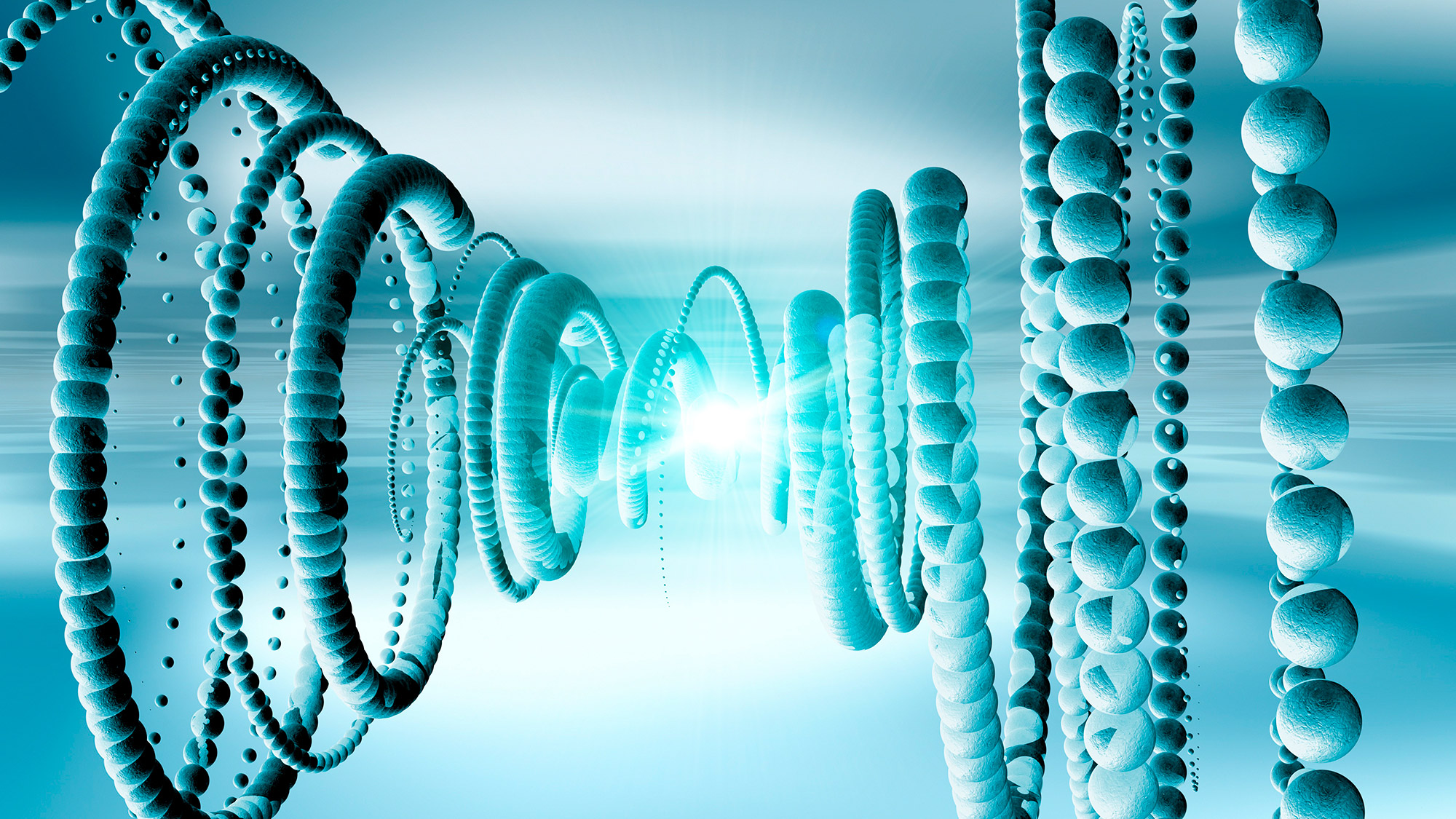
There was a lot of action in the next stage of time, which began around a few thousandths of a second after the Big Bang. As the cosmos expanded, it cooled, and soon conditions were clement enough for quarks to come together into protons and neutrons. One second after the Big Bang, the universe's density dropped enough that neutrinos — the lightest and least-interacting fundamental particle — could fly forward without hitting anything, creating what's known as the cosmic neutrino background, which scientists have yet to detect.
The first atoms
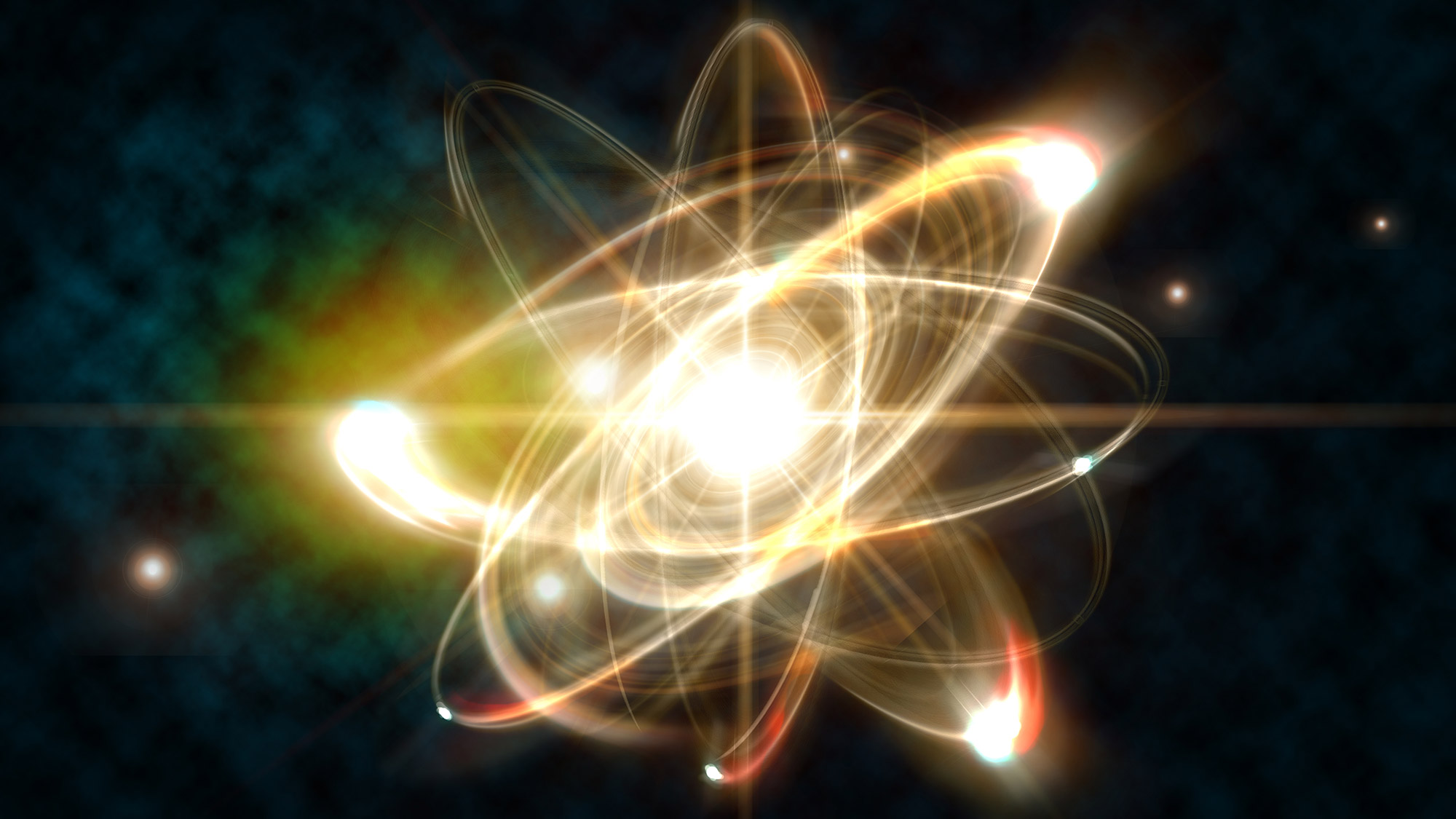
For the first 3 minutes of the universe's life, protons and neutrons fused together, forming an isotope of hydrogen called deuterium as well as helium and a tiny amount of the next-lightest element, lithium. But once the temperature fell, this process stopped. Finally, 380,000 years after the Big Bang, things were cool enough so that hydrogen and helium could combine with free electrons, creating the first neutral atoms. Photons, which had previously run into the electrons, could now move without interference, creating the cosmic microwave background (CMB), a relic from this era that was first detected in 1965.
The dark ages

For a very long time, nothing in the universe gave off light. This period, which lasted around 100 million years, is known as the Cosmic Dark Ages. This epoch remains extremely difficult to study because astronomers' knowledge of the universe comes almost entirely from starlight. Without any stars, it's difficult to know what went on.
Get the world’s most fascinating discoveries delivered straight to your inbox.
The first stars

By around 180 million years after the Big Bang, hydrogen and helium began to collapse into large spheres, generating infernal temperatures in their cores that lit up into the first stars. The universe entered a period known as Cosmic Dawn, or reionization, because the hot photons radiated by early stars and galaxies broke neutral hydrogen atoms in interstellar space into protons and electrons, a process known as ionization. Just how long reionization lasted is difficult to say. Because it occurred so early, its signals are obscured by later gas and dust, so the best scientists can say is that it was over by around 500 million years after the Big Bang.
Large-Scale structure
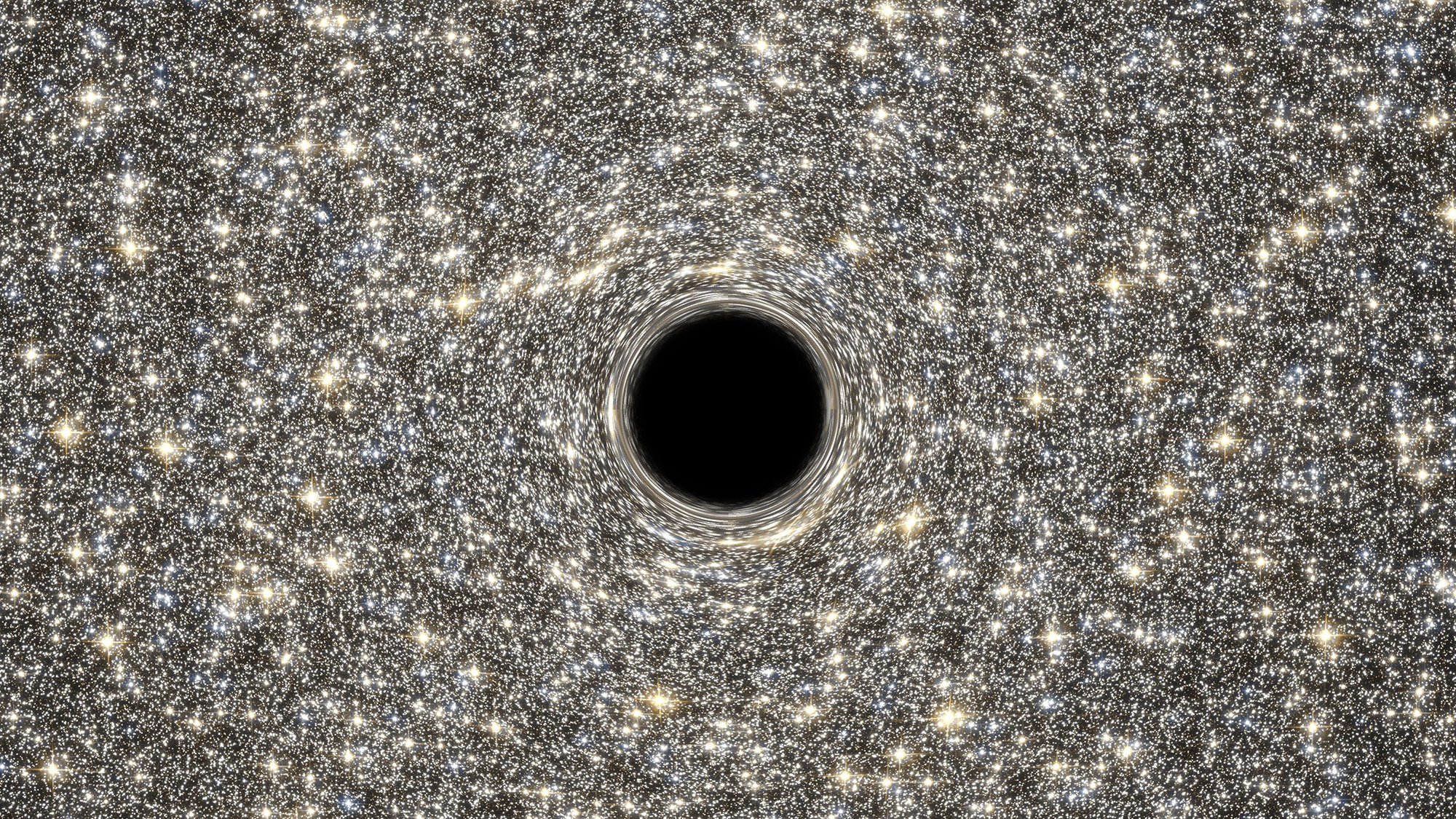
Here's where the universe gets down to business, or at least the familiar business we know about today. Small early galaxies began to merge together into larger galaxies and, around 1 billion years after the Big Bang, supermassive black holes formed in their centers. Bright quasars, which produce intense beacons of light that can be seen from 12 billion light-years away, turned on.
The universe’s middle years
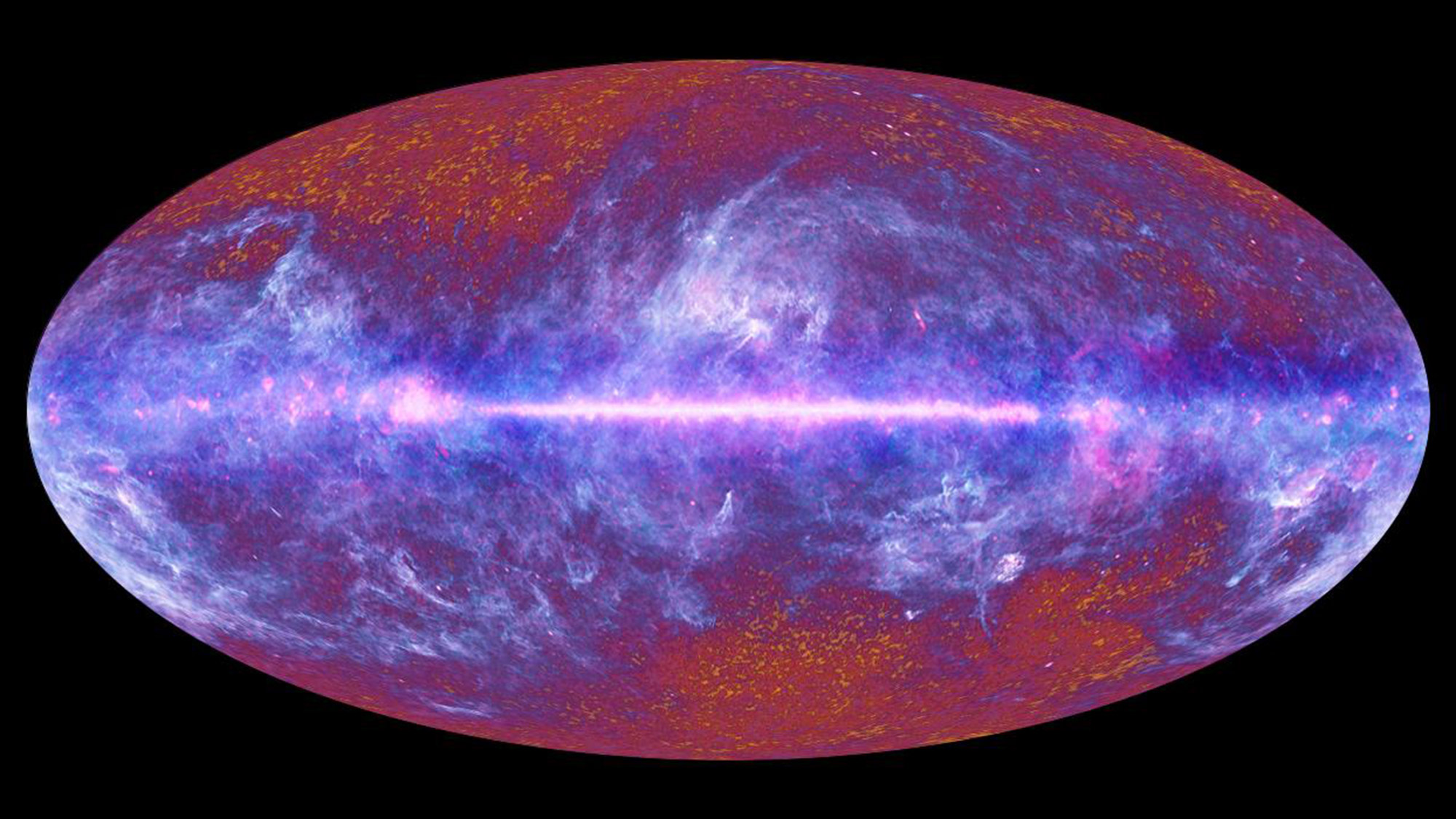
The universe continued to evolve over the next several billion years. Spots of higher density from the primordial universe gravitationally attracted matter to themselves. These slowly grew into galactic clusters and long strands of gas and dust, producing a beautiful filamentary cosmic web that can be seen today.
Birth of the solar system

About 4.5 billion years ago, in one particular galaxy, a cloud of gas collapsed down into yellow star with a system of rings around it. These rings coalesced into eight planets, plus various comets, asteroids, dwarf planets, and moons, forming a familiar stellar system. The planet third from the central star managed to either retain a ton of water after this process, or else comets later delivered a deluge of ice and water.

Adam Mann is a freelance journalist with over a decade of experience, specializing in astronomy and physics stories. He has a bachelor's degree in astrophysics from UC Berkeley. His work has appeared in the New Yorker, New York Times, National Geographic, Wall Street Journal, Wired, Nature, Science, and many other places. He lives in Oakland, California, where he enjoys riding his bike.


